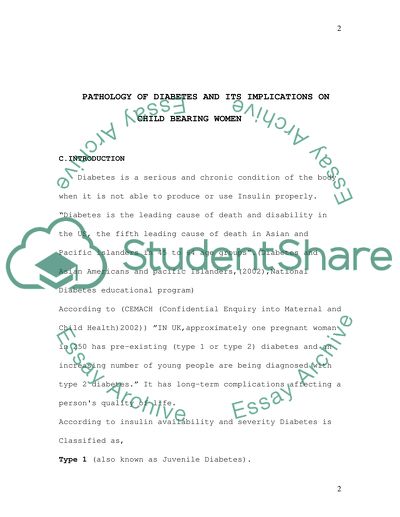Cite this document
(“Diabetes as a preexisting condition influencing childbirth Coursework”, n.d.)
Diabetes as a preexisting condition influencing childbirth Coursework. Retrieved from https://studentshare.org/health-sciences-medicine/1523427-diabetes-as-a-preexisting-condition-influencing-childbirth
Diabetes as a preexisting condition influencing childbirth Coursework. Retrieved from https://studentshare.org/health-sciences-medicine/1523427-diabetes-as-a-preexisting-condition-influencing-childbirth
(Diabetes As a Preexisting Condition Influencing Childbirth Coursework)
Diabetes As a Preexisting Condition Influencing Childbirth Coursework. https://studentshare.org/health-sciences-medicine/1523427-diabetes-as-a-preexisting-condition-influencing-childbirth.
Diabetes As a Preexisting Condition Influencing Childbirth Coursework. https://studentshare.org/health-sciences-medicine/1523427-diabetes-as-a-preexisting-condition-influencing-childbirth.
“Diabetes As a Preexisting Condition Influencing Childbirth Coursework”, n.d. https://studentshare.org/health-sciences-medicine/1523427-diabetes-as-a-preexisting-condition-influencing-childbirth.


